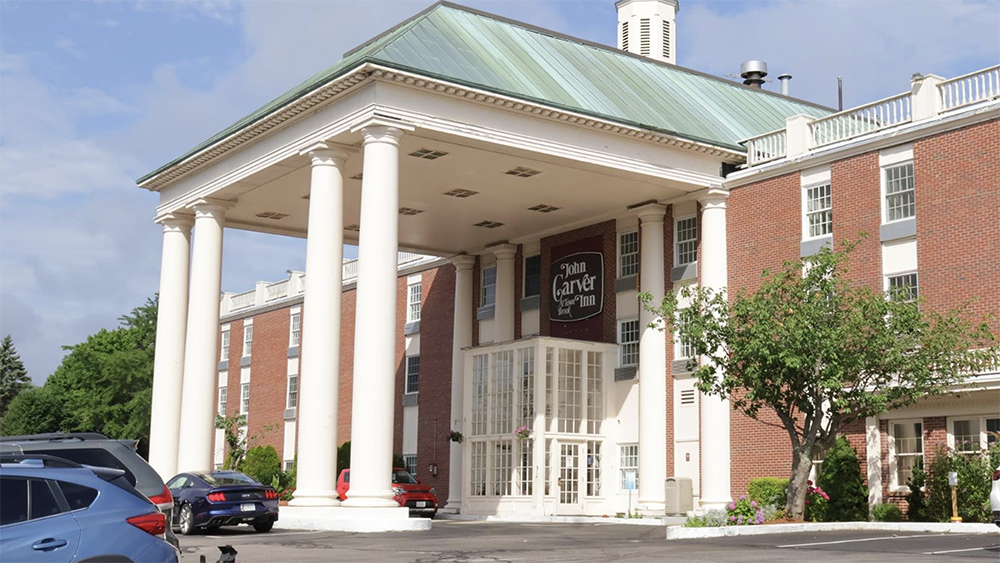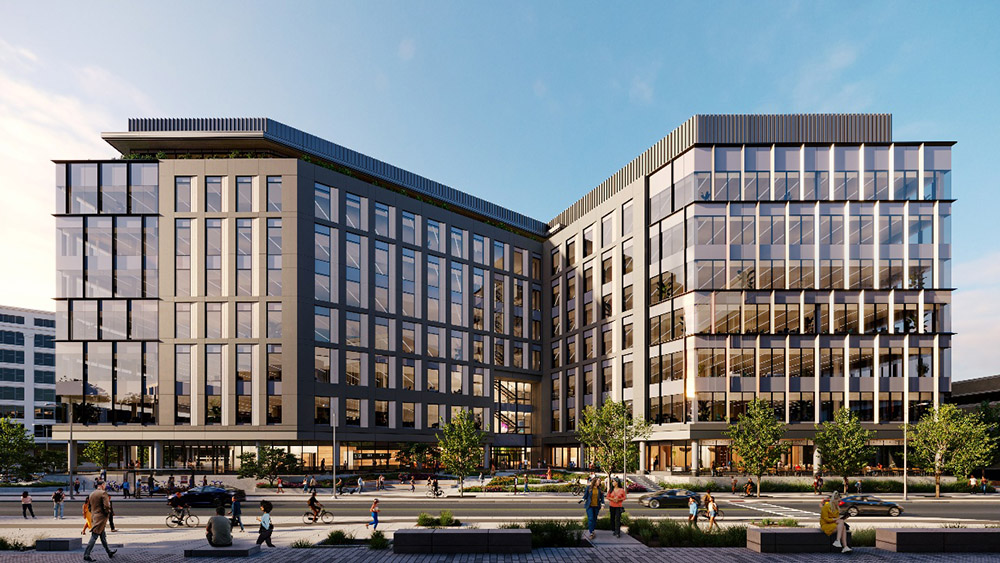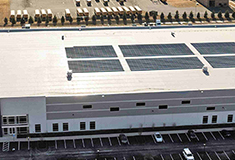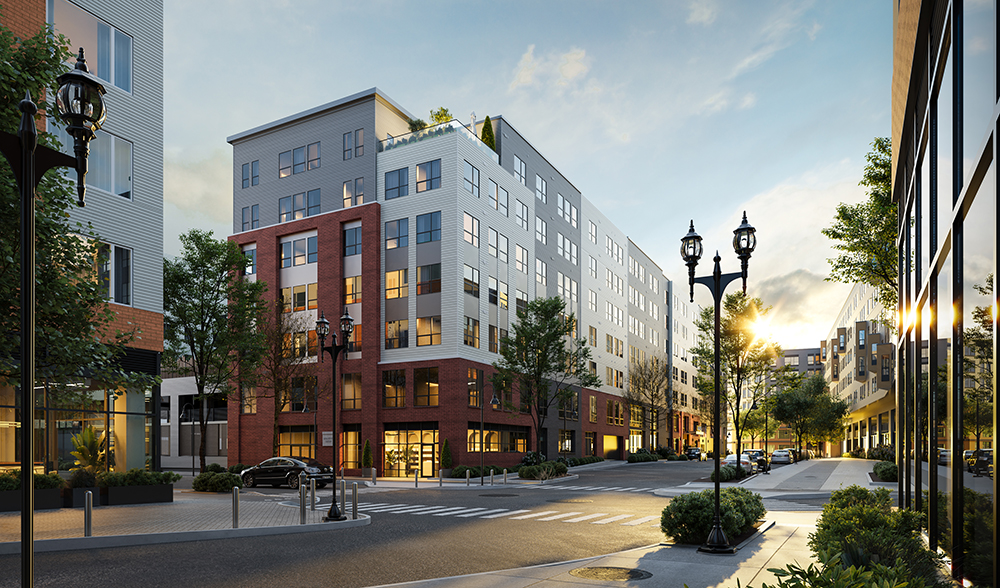News: Owners Developers & Managers
Posted: March 6, 2008
Exterior building maintenance is a good idea: The difference between reactive and pro-active
Exterior building maintenance is a budget item that every property must carry. Unfortunately, the question is always how much maintenance and how often should it be done? The entire focus of any program should be the prevention of moisture from entering the building. The products and components designed for roofs and walls, including windows are intended to withstand mother nature for a specific period of time. Nothing lasts forever by itself. Moisture infiltration will cause aesthetic damage to both the exterior and interior of a property as well as potential structural damage if it continues for any length of time. In addition, moisture in a building is one of the key components in the growth of toxic mold.
Naturally there isn't one simple answer to this problem. But there are two simple choices to make from the very beginning. Will your maintenance process be a reactive one or a pro-active one?
A reactive maintenance program simply fixes things when they are either broken or become unsightly. A pro-active program identifies the immediate, the near future, and the long-term needs of the property, the potential costs associated with those needs and budgeting the funds necessary to satisfy those needs.
A consequence of a reactive maintenance program may be that once a problem is identified, the costs associated with the repair or replacement are not budgeted and naturally create turmoil within the organization. The general problem with a reactive maintenance program is that the planning process is an educated guess. The immediate idea is that a property will only look at the amount of money they are either saving, or not spending today. The appeal being that annual costs remain steady and/or low and thus can be viewed as a positive in the real estate market. The reality of the situation is that the property is going to become run down from lack of regular maintenance or as previously mentioned, not able to afford a necessary capital improvement that suddenly arises.
A pro-active or preventative maintenance program can be looked at like an insurance policy. Regular periodic investments (inspections) and intermittent investments (small repairs) can result in large capital projects being delayed well into the future. Another analogy is the old Fram Oil Filter commercial. You can pay small regular amounts for a long period of time, or you can pay one larger amount in the near future. The benefit of a preventative maintenance program works sequentially; in that a property can regularly budget for the necessary inspections (small fixed budget cost). When the inspection reports are submitted they should contain observations of component conditions with life expectancy projections, and recommended maintenance repairs. Now the property will have all of the necessary information to properly budget for those repairs when they are expected to become necessary. This whole process can ultimately save the property money, because if no maintenance repair work were to be done, then the capital improvement project could become necessary, much sooner. The question that needs to be answered is that if you could spend a little bit of money every year, and the result being that you wouldn't have to spend a large sum of money for a very long time; do you believe it is a worth while investment?
Again, something very important to remember is that the focus of this process is to prevent moisture from entering the building. The benefits to prolonging the longevity of the building components are obvious, but another consideration is protection from possible mold growth. Recent developments from the legal side of the issue indicate that if you can demonstrate a clear and documented program that attempts to prevent moisture infiltration into your building, you can protect yourself from being found negligent, if a suit is brought against you. The costs associated with a good program will be far less than the settlement and legal fees if you leave yourself unprotected.
The basic premise is that most of the building materials present in our buildings (except brick, concrete, and steel) are considered a food source for mold. It is therefore imperative to prevent any moisture from entering the building.
The best prescription for preventing moisture intrusion and mold formulation is a preventative maintenance program utilizing consultants and professionals qualified in building envelope technology.
Tony Chiarelli is president of RMX Northeast, Inc., Milford, Mass.
MORE FROM Owners Developers & Managers
Mount Vernon Co. acquires John Carver Inn & Spa in Plymouth, MA
Plymouth, MA The Mount Vernon Company (MVC), a Boston-based real estate and hospitality investment firm, has completed the acquisition of the John Carver Inn & Spa, an 80-room property.

Quick Hits
Columns and Thought Leadership

IREM President’s Message: Fostering community connections during the holiday season
The holidays are again taking center stage, and with them comes an opportunity for multifamily communities to connect with the businesses and organizations in their cities and towns, fostering a sense of unity and generosity during this giving season

Selecting the right façade installation firm - by Steven Powell
As the owner of a major new property being developed, or an existing large building preparing for major renovation, you want your design and construction team to have the right experience, capabilities, and expertise to match the project demands. A critical member of this team will be the façade installation specialty firm, since the quality of this installation will impact

Recently passed legislation creates opportunities to meet CT’s changing energy needs - by Klein and Feinn
For decades, New England has had a summer-peaking power system, where the greatest energy use occurs on the hottest and most humid days, due to widespread use of air conditioning. But by the mid-2030s, electrification of the heating sector likely will result in a winter peak that’s higher than the summer peak.

.png)





.png)
